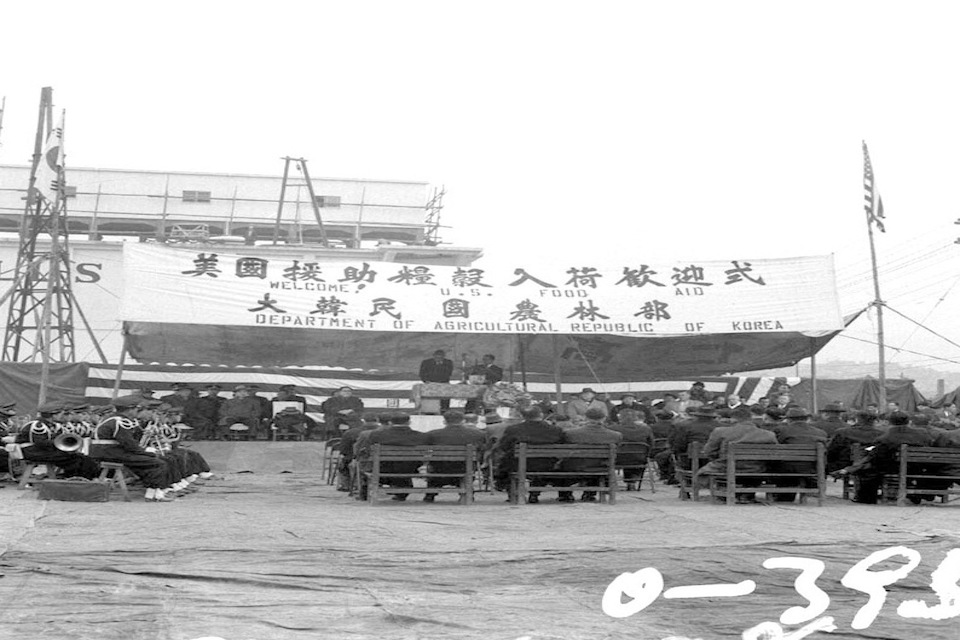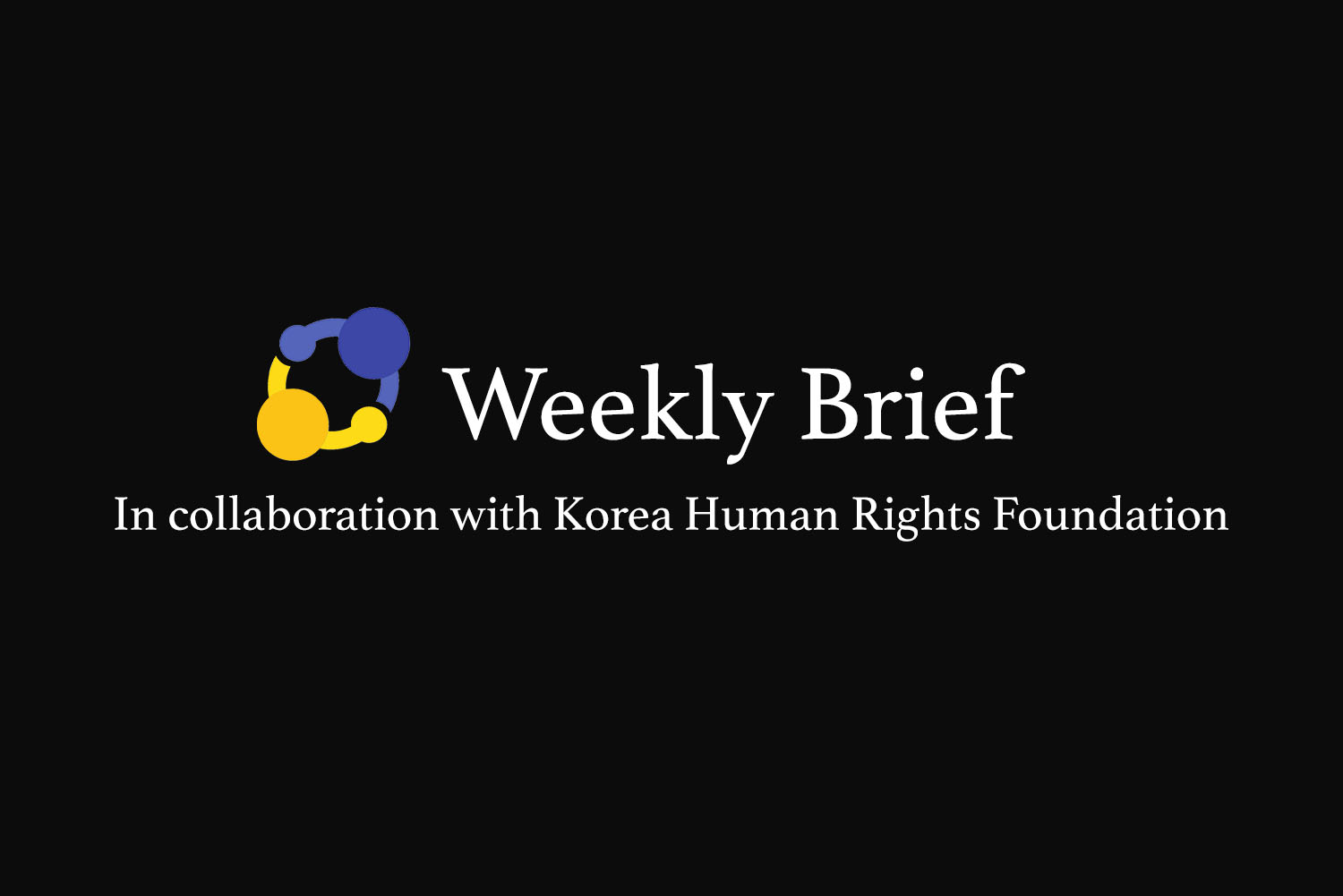
How Did South Korea Become So Rich?
Home to Samsung Galaxy phones, world-class internet speeds and Gangnam Style, South Korea was not always as glitzy and prosperous as it is today. Just half a century ago, the country was one of the world’s poorest, faring worse than that of its archenemy North Korea.
After the Korean War (1950-53), South Korea was left devastated; many buildings were ruined, life expectancy plunged to below 50 years, and at least one million civilians were killed.
But within a single generation, South Korea has moved from starvation to prosperity, poverty to philanthropy. In 1955, South Korea’s GDP per capita was $64. It has grown over 400 times to $27,000 today. In the 1960s, South Koreans struggled to eat just once a day. Today, while poverty still exists (as it does in every developed nation), most South Koreans eat at least three times a day and are getting fatter.
TL:DR
Close collaboration between the chaebol, authoritarian regimes running state-controlled economic plans and disciplined, collectivist-minded individuals brought South Korea out of dire poverty within a single generation.
But rapid economic growth has its dark sides.
Half of South Korean seniors, the “collectivist-minded individuals” that led the economic development from the 60s, now live under the poverty line. Read more in The Old Man’s Harbor.
Young South Koreans today often call their country “hell,” pointing to a culture of intense competition for decent jobs. Read more in Korea, Thy Name is Hell Joseon.
We Need to Talk About Park Chung-hee and Chaebol
South Korea’s economic development cannot be discussed without mentioning chaebol, the country’s family-run conglomerates, such as Samsung, LG, and Hyundai.
You know Samsung today for its smartphones; Hyundai for its cars, LG for its high-tech refrigerators. But these companies started off in the mid-20th century selling basic goods like sugar and wool (Samsung), plastics (LG) and rice (Hyundai).
The Park Chung-hee era is when chaebols started expanding their influence to every corner of South Korea — today’s Samsung, for example, doesn’t just sell electronics. It sells life insurance, cars, refrigerators, and so much more.
Park Chung-hee, a military dictator who ruled South Korea from 1961 until his assassination in 1979, set the precedent for the symbiotic relationship between the government and chaebol. When Park came into power, South Korea was still poor, with its GDP per capita at $94, while North Korea’s was estimated to have passed $140 by 1959.
To lift his country out of poverty, Park set state-initiated, export-oriented economic plans for which he coerced chaebol to cooperate. He used carrots like concessionary loans, subsidies, and tax cuts and sticks like tax probes and limiting licensing. Without collaborating with the authoritarian regimes, chaebol wouldn’t have achieved their feat so easily — if at all.
Working in collaboration with the authoritarian government’s state-led economy, chaebol laid the foundations that allowed them to grow into the huge conglomerates they are today. The Park regime in the 60s emphasized construction and heavy and chemical industries and funded chaebol accordingly. Samsung, for instance, established Korea Fertilizer in 1967 at Park’s request, while Hyundai constructed South Korea’s first highway, connecting Seoul and Busan in the late 1960s.
When transitioning, these chaebol worked with American and Japanese companies in varying forms and degrees. Samsung, one of the top semiconductor producers today, consulted Sharp and Micron, a Japanese and an American semiconductor manufacturer respectively, for the basics of semiconductor manufacturing. A Hyundai car factory was initially made to assemble the Ford Cortina in 1968.
And South Korean chaebol nailed it. Samsung developed 64kb DRAM chip within six months, becoming the third country with such capability, after the U.S. and Japan. Hyundai reached full operation of its assembly line within six months — the shortest among all Ford assembly plants in the world.
But exports until the early 70s were limited to clothing, shoes, wigs and even urine for thrombosis medicine, lead by various chaebol. But in the later half of the 1970s, a few chaebol started to stand out. Samsung began exporting televisions, radios and washing machines. Hyundai made its first car, the Pony, in 1975.
In 1961, South Korea’s total exports amounted to only $42 million. By 1977, this figure had grown to over $10 billion.
But how did South Korea get all the capital to achieve this? The answer lies with Park Chung-hee.
Military Rule: A Double-Edged Sword
Park Chung-hee, seen by conservative voters as the father of South Korea’s “economic miracle,” looked overseas to fund his economic plans.
Park made two key political decisions: normalizing diplomatic ties with Japan and sending troops to the Vietnam War. South Korea’s 1965 treaty with Japan purported to settle all of its claims vis-à-vis Japan based on the latter’s actions during the colonial period. Japan also paid $300 million in grants and lent South Korea $500 million. Sending over 300,000 soldiers to Vietnam also proved lucrative for South Korea: The U.S. provided South Korea with over $5 billion in direct aid, military assistance and soldiers’ salaries. South Korean soldiers sent back nearly $2 billion to their home country, according to official South Korean records. Between 1964 and 1974, when South Korean soldiers were dispatched to Vietnam, South Korea’s per capita GDP jumped fivefold.
Park also sent South Korean civilians overseas to earn foreign currency. After Park signed a mutual agreement with West Germany in 1963, young South Korean women went to work as nurses, and men, as miners. In the 1970s, South Korean men and construction companies scurried to the Middle East, where states were using oil money to build infrastructure such as highways, factories and ports. Hyundai cashed in over $51 billion in the Middle East and was listed in Fortune’s Global 500 List in 1976.
In 1979, when Park was assassinated, South Korea’s per capita GDP passed $1,770, almost 20 times larger than when he came to power through a military coup. Park was an authoritarian dictator who committed human rights abuses while stifling dissenting voices by framing them as North Korean sympathizers or spies. Fearing that Park was growing into an uncontrollable dictator, his own spy chief assassinated him at a private banquet.
The Collective Mindset?
During its 69-year history, South Korea has seen over 40 years of authoritarian regimes, most of which were helmed by military dictators.
The influence of military dictatorship trickled into every corner of South Korean society, from schools to companies, and in both official and informal settings. Strict hierarchy and obedience to authority were unquestioned in classrooms, offices and at dinner tables.
The rigid military culture married perfectly with both Confucian values — like respecting elders — and the Korean language — which has various levels of honorifics. Strict top-down structures spawned efficiency and created a culture of collective thinking among South Koreans. South Koreans were (and still are, albeit to a lesser extent) taught to think of their role within a larger community, serving something bigger and more significant than their individual selves — be it the company they work for or the nation they are part of.
Even after democratization in 1987, students regularly sang the national anthem in unison and recited a pledge of loyalty to the national flag — a vestige of Park Chung-hee’s rule. They were made to stand up and bow politely to teachers at the beginning of each class and never to talk back to elders. At school, seonbae, or older students, would demand the same kind of reverence (if not stricter) from hubae (their younger classmates). Physical violence was common, though such abuse is much less tolerated today.
Corporate culture was no different. Chaebol disciplined their new employees with rigorous training — both physical and mental. South Koreans strived not only for personal success but for the advancement of the companies they worked for and, ultimately, for their motherland. This unique mindset was exemplified when individual South Koreans donated up their own gold to the state in order to rescue their debt-ridden economy during the Asian financial crisis of the late 1990s.
Needless to say, mindsets are subject to change and not necessarily shared by all Koreans. Generally, young South Koreans are more individualistic and less keen to endure hardship in the name of advancing a collective. But this collective mentality is still prevalent in the workplace today: For example, it’s seen as inappropriate for junior employees in many companies to leave the office before their superiors. Everyone should work together, right?
But imposing the collective mindset on individuals creates a lot of inefficiencies in the workplace, exemplified by low productivity: South Korea’s GDP per hour worked is one of the lowest among OECD countries. Young South Koreans sometimes grumble when they’re stuck to their desk working while company higher-ups take long lunches and spend hours a day on social cigarette breaks.
Besides, it’s not always good for worker health. South Korea has the third longest average working hours in the world among OECD nations, after Mexico and Costa Rica.
Jieun Choi authored this article.
Cover image: Welcome Ceremony of US food aid to South Korea. (Source: National Archives of Korea)
*
Read more about the South Korean economy:

